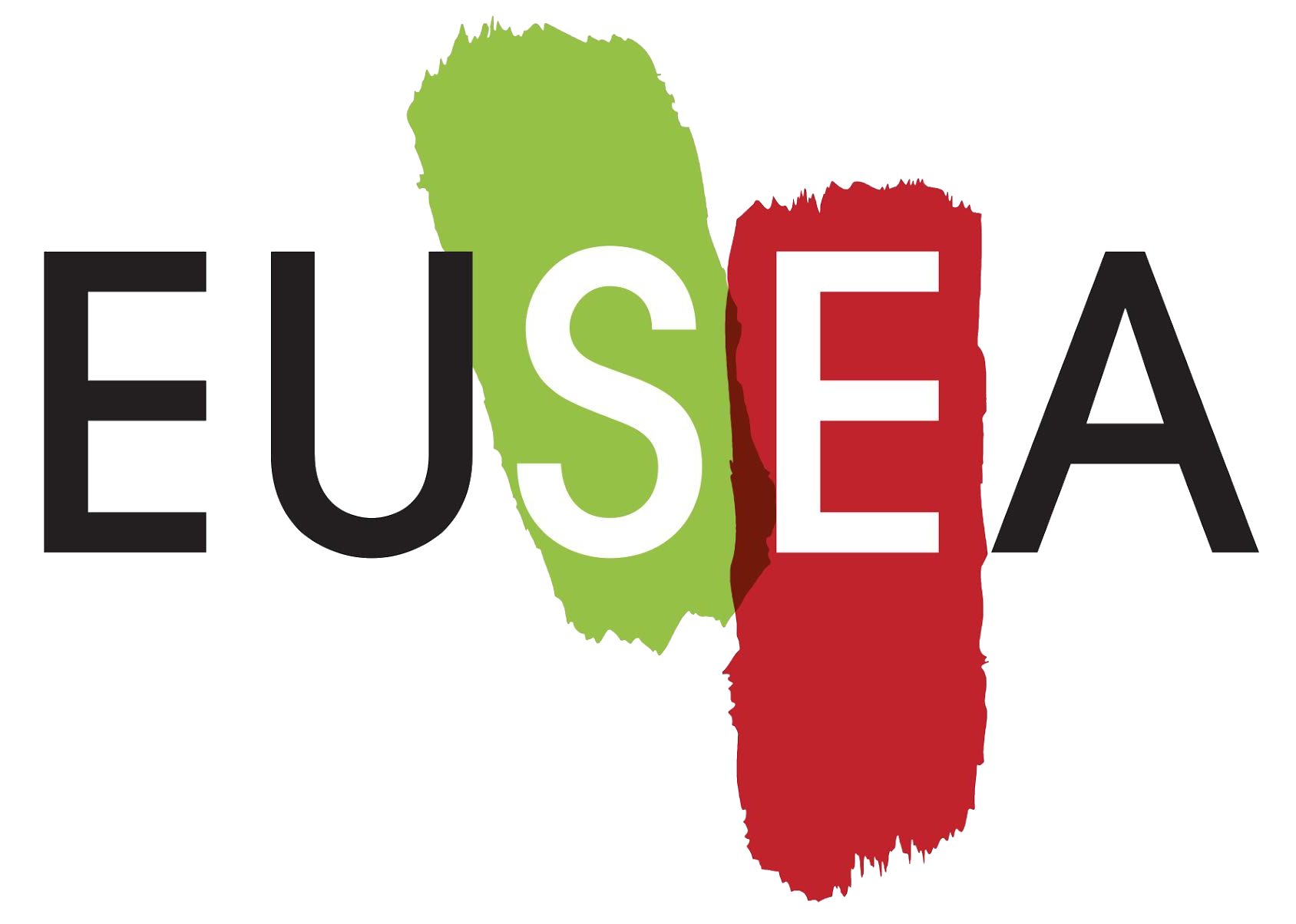Description
A Fishbowl is a discussion format/method which is especially useful for facilitating debates between experts and ‘laypeople’/citizens. The circular layout of the space is specially intended to stimulate dynamic discussions. The speakers (consisting of experts on the chosen topic of discussion) would be placed at the centre of a room/space with other participants sitting around them in a circle, watching and listening to their conversation as shown in the diagram below. The people in the outer circle act as observers, listeners, and may later also become participants in the conversation.
There should also be a moderator/facilitator present to remind participants of the rules and encourage them to engage. After 10-15 minutes of the speakers’ discussion, the moderator may invite participants from the outer circle to join the Fishbowl by occupying an empty chair in the middle of the circle. Either by asking a question, or joining the discussion with the experts in the middle. Once the speakers/participant has finished contributing their thoughts, they step away from the Fishbowl. Other participants are then free to fill up the empty chairs in the inner circle and join the discussion (this is overseen by the facilitator).
This format can be adapted to fit a classroom setting, to help facilitate a classroom discussion about a topic, encourage active listening and develop communications skills.
Target Audience
- Adult citizens
- Policymakers
- Stakeholders
- Teenagers
You can do it with all those groups, but we did it with professionals from different fields like public engagement or the cultural and creative sector.
Benefits
Benefits
A fishbowl can offer a constructive atmosphere for discussion due to its essential features. The discussion can include different experts as well as the perspective of citizens and still remains manageable since only a small group is actively discussing at the same time; however, everyone can participate. By switching between the inner and outer circle, the dominance of single participants can be avoided and dynamic processes are facilitated.
Logistics
Duration
Main Event Duration: One day
Project Timeline
| Time | Activity |
| Two months in advance |
|
| One month
in advance |
|
| On the day of the event |
|
Single Event Structure
| Time | Activity |
| 10 min |
|
| 15 min |
|
| 50 min |
|
| 15 min |
|
Personnel roles
| Person | Activity |
| Core Team |
|
| Experts and moderator |
|
Other logistics
Additional needs may include refreshments for the audience.




